The Secure Act for Retirement Savings
-3.png?width=750&name=Tax%20Email%20Header%20(1)-3.png)
Congress passed the “Setting Every Community Up for Retirement Enhancement” (SECURE) Act of 2019 as part of a comprehensive appropriations measure. The new law, which represents a major overhaul of the rules for retirement plans and IRAs, is generally effective on January 1, 2020. Following are several key provisions in the SECURE Act.
401(k) safe harbor rules: The new law includes various changes designed to provide greater flexibility and simplicity, improve employee protections and facilitate plan adoption. For instance, the legislation eliminates the safe harbor notice requirement, but maintains the requirement allowing employees to make or change an election at least once a year.
Credit for start-up costs: Prior to the new law, a small business could claim a credit equal to 50% of the start-up costs of a qualified plan, up to a maximum of $500. The new law increases the credit limit to the greater of (1) $500 or (2) the lesser of (a) $250 multiplied by the number of non-highly compensated employees eligible to participate in the plan or (b) $5,000.
Automatic enrollment credit: To encourage greater participation in qualified retirement plans, the SECURE Act creates an additional credit of up to $500 per year for businesses that provide new 401(k) and SIMPLE plans with an automatic enrollment feature. This credit, not to be confused with the other credit for start-up costs, is available for three years.
Automatic enrollment rates: Under prior law, employers could set default rates for automatic enrollment 401(k) plans under a graduated rate system capped at 10% of annual compensation. The SECURE Act increases the automatic enrollment rate safe harbor cap to 15% except for a worker's first year of participation.
IRA contributions: Previously, taxpayers were no longer allowed to contribute to a traditional IRA once they attained the age of 70½. The new law repeals this restriction based on the age of the IRA participant.
Part-time workers: Generally, employees were able to exclude part-time workers (i.e., those working less than 1,000 hours per year) from participating in their 401(k) plans. Now the new law opens up plans to employees who have completed one year of service (with the 1,000 hour rule) or three consecutive years of at least 500 hours of service.
Required minimum distributions: Under long-standing rules, participants in qualified plans and IRAs were obligated to start taking required minimum distributions (RMDs) in the year after the year they turned age 70½. The new law pushes back the RMD age to 72 to reflect longer life expectancies.
Annuity options: To provide more insights into retirement savings, the new law requires 401(k) plan administrators to provide annual “lifetime income disclosure statements” showing earnings under annuity options. Furthermore, it provides more flexibility to participants when buying annuities, including portability.
Early withdrawals: The tax law already exempts certain distributions from qualified plans from the usual 10% tax penalty on early withdrawals prior to age 59½. The SECURE Act adds to the list by allowing penalty-free distributions for qualified birth and adoption expenses.
Fellowships and stipends: Because non-tuition fellowships and stipends received by graduate and postdoctoral students don’t constitute compensation, they could not be used to fund IRA contributions. To encourage early retirement saving, the SECURE Act allows amounts included in income to be used for IRA contributions.
Stretch IRAs: In a provision that adversely affects many taxpayers, the new law effectively ends “stretch IRAs” that enable nonspouse beneficiaries to extend RMDs over their lifetime. Instead, all funds from inherited accounts, including IRAs and qualified plans, must be distributed to non-spouse beneficiaries within ten years of the account owner’s death. Key exceptions: The rule doesn’t apply to distributions over the life or life expectancy of a non-spouse beneficiary are allowed if the beneficiary is a minor, disabled, chronically ill or not more than ten years younger than the deceased account owner.
If you would like to speak to one of our retirement plan specialists, please call: 1 (866) 760-0940 or send a note to Miranda.Hawk@brixeyandmeyer.com to setup a time to speak.

-3.png)